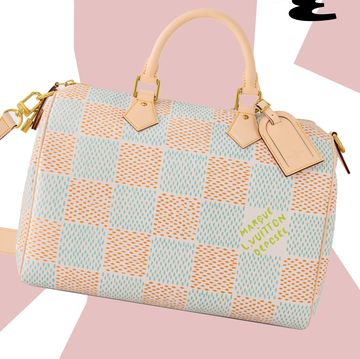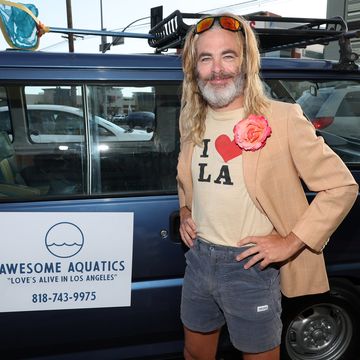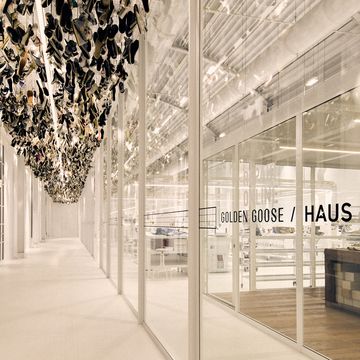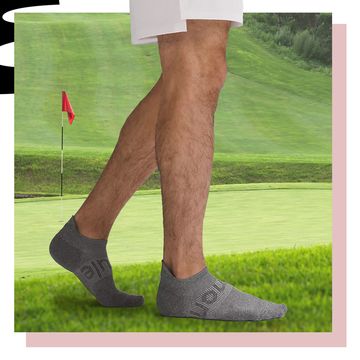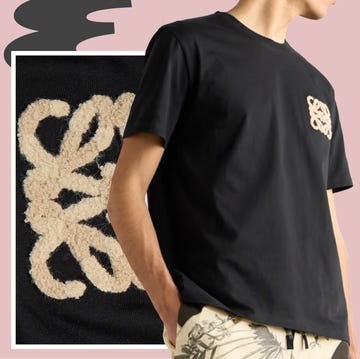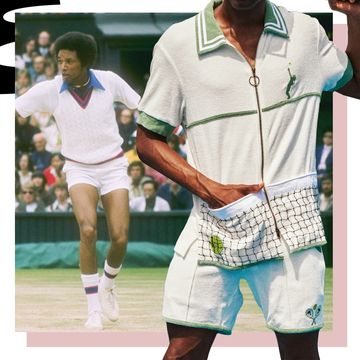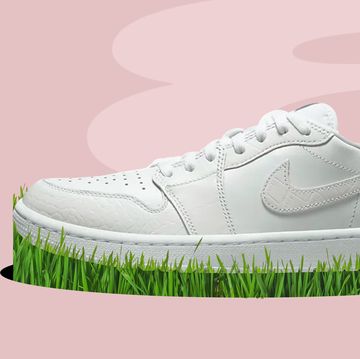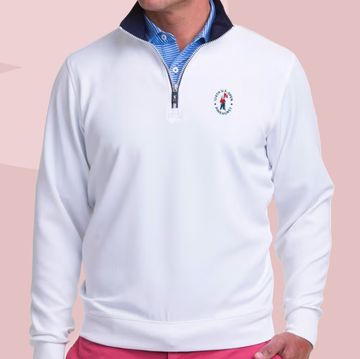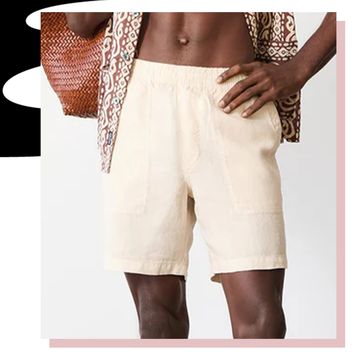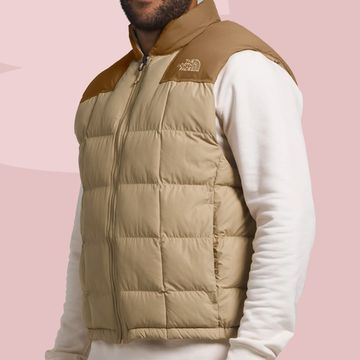At Esquire, we're advocates for precision in all things, especially language and clothing. In fashion, even editors, retailers (as you'll see if you click on the links below), and other industry insiders commonly misuse a number of words. Honestly, it's easy to mix these words up, mostly because they describe subtle differences between similar things or because English has borrowed them from other languages. We're not mad at anyone for using these terms incorrectly, and will even admit to sort of being control freaks who can't handle natural semantic drift, but as it's our mission to help men be their best, we thought we'd offer this quick reminder on what these words really mean.
1. Suiting and Shirting
Suiting/Suit
Pinstripe suiting; Navy Kensington slim-fit pinstripe cotton suit ($1,690) by Paul Smith London, mrporter.com.
It's common to see suits and shirts referred to as "suiting" or "shirting," but in reality the latter terms actually describe the material used in the construction of these items.
2. Blazer
Blazer/Sport Coat
Slim-fit wool blazer ($450) by J. Crew, mrporter.com; Twill sport coat ($1,120) by Junya Watanabe, farfetch.com.
Blazer and sport coat are used almost interchangeably now, and though this battle may already be lost, technically a blazer is a nautical-inspired garment that's usually navy blue, though the original term comes from the bright red color of the jackets members of the Lady Margaret Boat Club at Cambridge University wore for rowing (see this is tricky). Blazers also traditionally have patch pockets and gold buttons, while sport coats descend from the tweed jackets worn for hunting and other land-based sports. To this day, sport coats feature soft constructions, flap pockets (often in slanted hacking styles, and sometimes with an extra ticket pocket) and rugged details like leather buttons and elbow patches. Make sense?
3. Sportswear
Sportswear/Activewear
G9 Original ($390) by Baracuta, baracuta.com; France N98 track jacket ($99.99) by Nike, worldsoccershop.com.
People often refer to hoodies, warm-up suits, and sneakers as sportswear, but these items are actually activewear. Technically, sportswear refers to nearly every fashion item we wear today, but even this terminology is tricky because it's the result of American designers like Brooks Brothers or Claire McCardell transforming items, like blazers and button-down shirts, into everyday fashion items, where they were originally worn for athletics like tennis, rowing, or polo.
4. Button-down
Button-Down/Button-Up
Button-down collar shirt ($369.57) by Michael Bastian, farfetch.com; Patterned button-up shirt ($372.59) by Etro, farfetch.com.
No offense guys, but you should already know this one. Still, people often get this one wrong. A button-down is always a shirt with a button-down collar, an affectation Brooks Brothers borrowed from English polo players, who added buttons to keep their collars from flapping in their faces while on horseback. Any woven shirt with buttons on the front, but not on the collar, is a button-up or button-front.
5. Khaki
Khaki/Chinos
Khaki Pantone; Poke chino trouser ($195) by Levi's Made & Crafted, farfetch.com.
Even we'll admit that this one might be a tad pedantic, but precisely speaking khaki is a color and not a material. The word comes from the Hindustani word for earth colored, which British soldiers in India borrowed to refer to their light cotton uniforms. Properly, one should call the twill material often termed khaki, chino or chino cloth.


